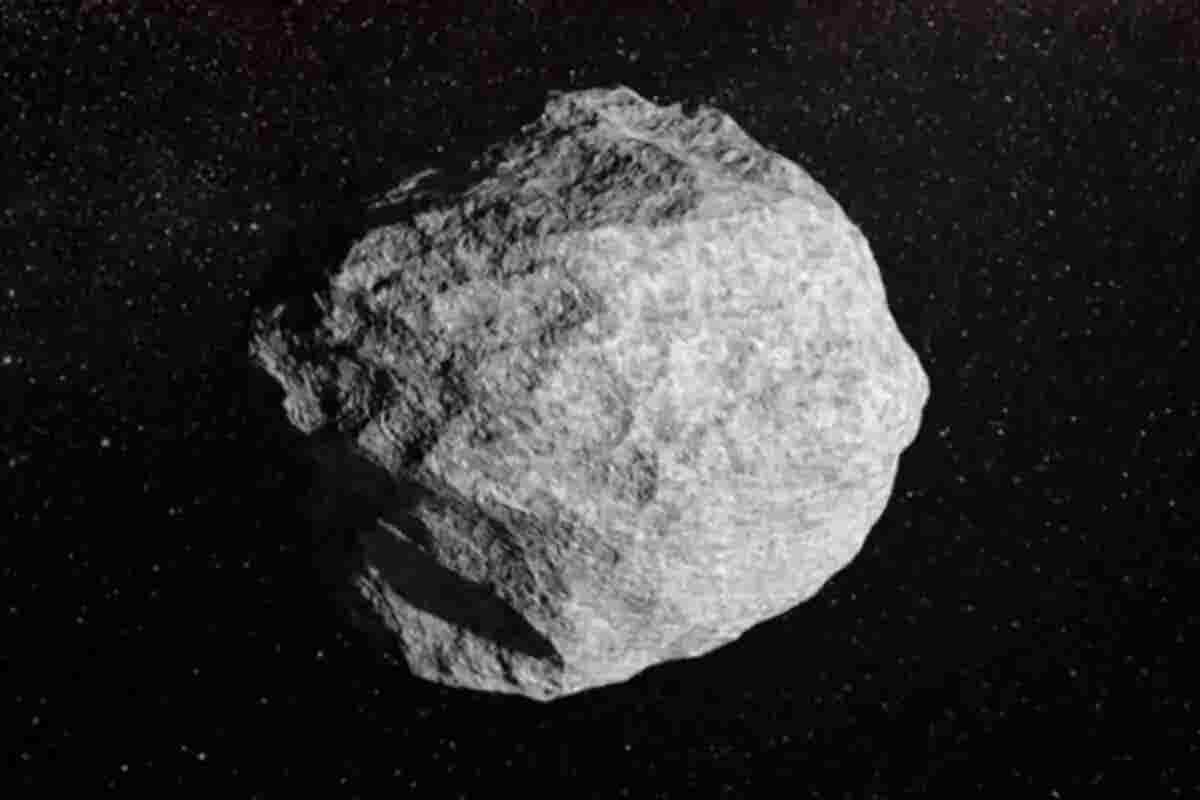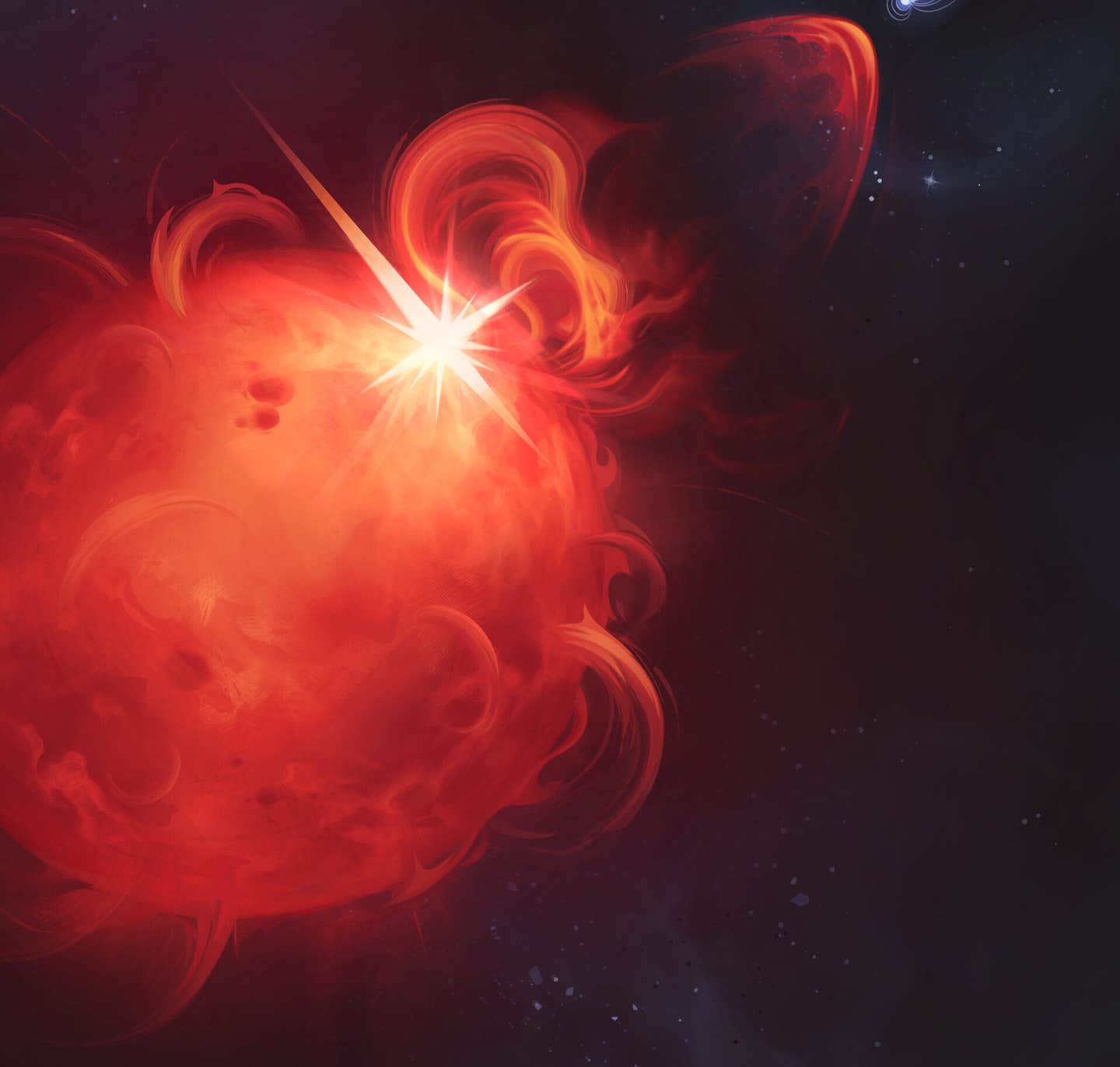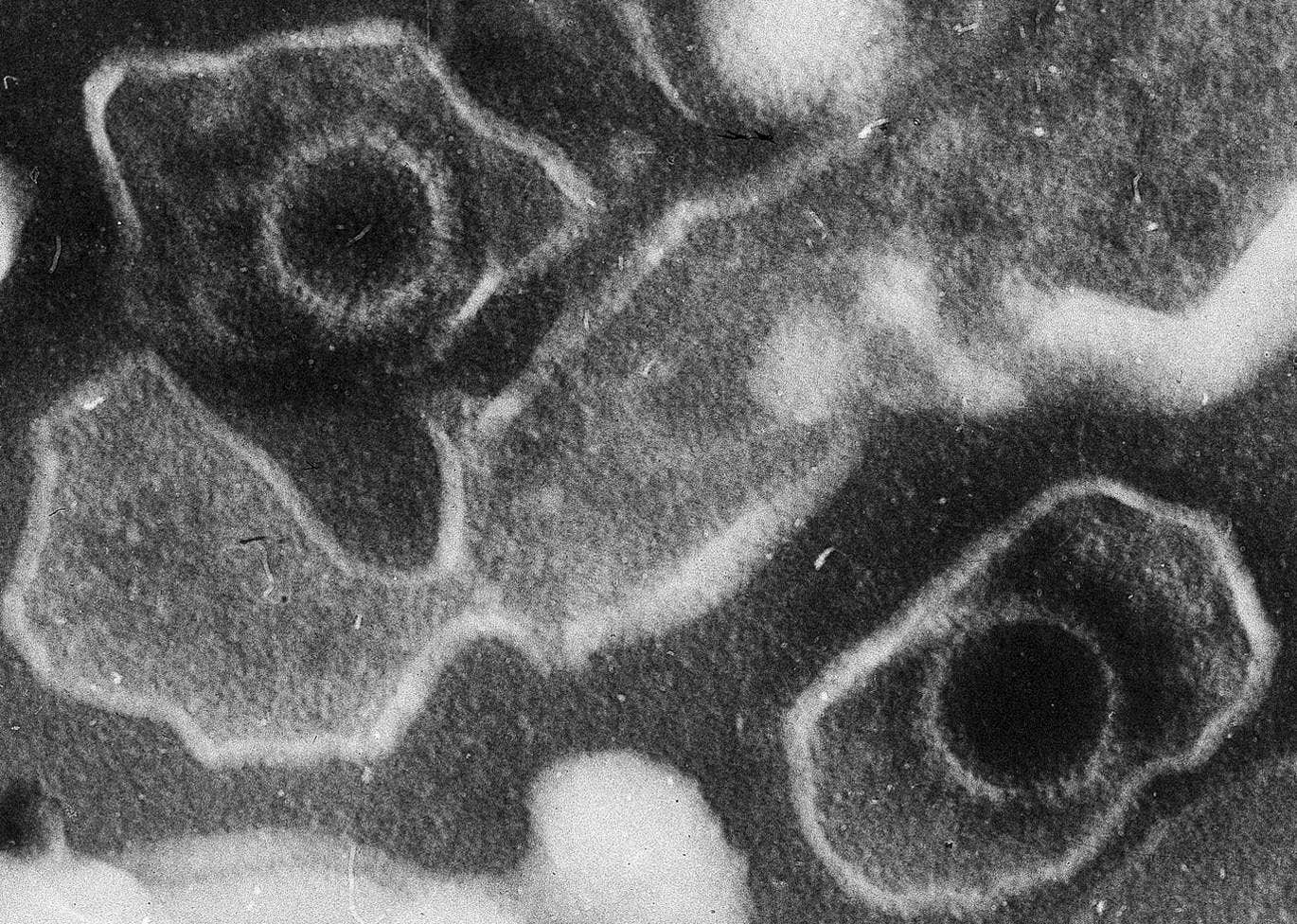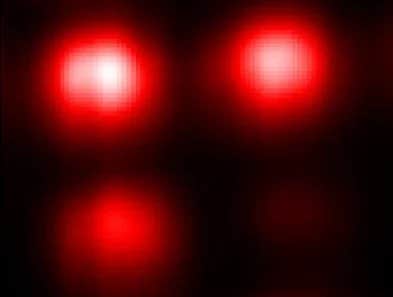Asteroid once feared to strike Earth in 2032 may now crash into the moon instead
An asteroid once thought to have a 3% chance of hitting Earth in 2032 has been safely downgraded after new observations.

Asteroid 2024 YR4’s Earth impact risk dropped from 3% to near zero thanks to rapid global tracking and new size data.(CREDIT: La Derecha Diario)
When a space rock the size of a small building gets a little too close for comfort, scientists everywhere pay attention. In late 2024, astronomers spotted a new asteroid named 2024 YR4. What followed was an international effort to track its course, measure its size, and figure out if it might hit Earth. At one point, its chance of impact reached 3%—the highest ever for an object in its size range. That’s more than enough to raise alarm bells across the scientific world.
A Close Call with a Big Rock
Asteroid 2024 YR4 was discovered in December 2024. Soon after, experts calculated that it had a 1.3% chance of striking Earth on December 22, 2032. The International Asteroid Warning Network (IAWN) responded quickly, sending out its first-ever public warning on January 29, 2025. The rock's estimated size ranged from 40 to 90 meters. That kind of asteroid, if it struck Earth, could level a city. Based on early data, astronomers gave it a level 3 rating on the Torino scale. That means it needed careful watching.
An international team quickly got to work. Scientists from the University of Helsinki played a key role. Postdoctoral researchers Zuri Gray and Grigori Fedorets began tracking the asteroid the day after the alert went out. Using the Nordic Optical Telescope (NOT) on the Canary Islands, they started gathering vital data.
“We have been focusing on the asteroid’s precise position and motion, and to analyze its rotation, size, and shape,” said Gray. “This information is crucial for better predicting the asteroid’s future trajectory, and ultimately refining its impact probability.”
“Our recent observations continue to demonstrate the vital role that NOT plays in planetary defence efforts on a global level,” added Fedorets.
Rising and Falling Threat
The danger reached its peak in mid-February. At that time, the chance of the asteroid hitting Earth climbed to 3%. That might sound small, but for a rock this size, it’s the highest probability ever recorded. If an asteroid around 60 meters wide were to strike Earth, it could release energy many times greater than the bomb dropped on Hiroshima.
Related Stories
For a short time, the Moon blocked astronomers from tracking the asteroid clearly. The full moon’s brightness made it impossible to detect YR4’s faint signal. But once the moon passed, the Finnish team was the first to capture new data. That fresh information changed everything. The odds of an Earth impact fell sharply to less than 0.001%.
That’s not zero, but it’s close. However, another possible target showed up: the Moon. Calculations now show a 4% chance that 2024 YR4 could crash into the Moon instead. “Should the asteroid impact the Moon, the Earth-Moon system could be clouded with particles detached from the Moon and the asteroid, potentially threatening the human space infrastructure and operations,” said Academy Professor Karri Muinonen.
Turning to Infrared Eyes in the Sky
Visible light helped researchers track where the asteroid was going. But it couldn’t tell them exactly how big it was. For that, scientists needed to see the heat it gives off. That’s where the James Webb Space Telescope (JWST) came in. Its ability to measure infrared radiation gave researchers a clearer picture.
On March 26, JWST observed the asteroid. It wasn’t the team’s first try. Their earlier attempt on March 8 failed. But this time, the images came through.
“The initial diameter estimate of the asteroid was limited to visible light measurements, which depend on both the size and reflectivity of the surface,” said Eric MacLennan, a key researcher on the infrared team. “However, thermal emission at infrared wavelengths is a direct indicator of the size. Our first attempt to observe the thermal emission on March 8 was not successful, so it was a relief when the images were transmitted back from the telescope.”
After hours of careful work, the team came up with a solid estimate. They found there’s a 95% chance the asteroid’s diameter is between 46 and 74 meters. The most likely size is about 60 meters, with a margin of error of ±7 meters. That size fits the characteristics of what’s known as an S-type asteroid, though on the darker end in terms of reflectivity.
This more accurate size estimate also helps researchers figure out what kind of damage it could do—whether it hits the Moon or someday comes near Earth again.
Dedicated Eyes on the Sky
Until May 2025, both space and ground telescopes will continue watching 2024 YR4. After that, it will move out of view until it passes near Earth again in 2028. The effort to keep eyes on this asteroid shows how important quick action and teamwork are when dealing with near-Earth threats.
In February, the NOT stood out among other telescopes. It provided fast, high-quality data that helped cut the risk estimate from 3% to nearly zero. That’s thanks to years of work by scientists, engineers, students, and technicians.
“We were able to very quickly observe the asteroid and refine the estimates for it,” said Associate Professor Mikael Granvik. “The flexible, high-quality, medium-sized astronomical facilities like the NOT are crucial for rapid follow-up of these types of potentially hazardous asteroids.”
Professor Muinonen added that Finland’s strong base in planetary science helped make this effort possible. “We have unique scientific know-how at the University of Helsinki for contributing to planetary defence, encompassing astronomical observations, laboratory measurements, theoretical and numerical research, and characterising near-Earth object orbits, rotational states, shapes, and surface structure and composition.”
Watching the Skies, Protecting the Earth
In Finland, the job of keeping track of these types of space threats belongs to the National Land Survey. Soon, that job will shift to a new Space Situational Awareness Center. This center will track not only asteroids but also space debris, space weather, and satellite traffic.
“Monitoring the risks posed by near-Earth objects is one of the key areas of responsibility for the new Space Situational Awareness Center,” said Senior Research Scientist and Academy Research Fellow Anne Virkki. “The comprehensive expertise of astronomers at the University of Helsinki in asteroid research is a critical part of the expertise needed at the governmental level to assess the possible impact risks caused by the near-Earth objects for Finland similar to other countries.”
Tracking an asteroid like 2024 YR4 requires a mix of technology, global cooperation, and experience. This recent near-miss shows the value of that teamwork and the need to stay ready for whatever comes next. Not every rock in the sky is a threat—but the ones that are need serious attention. Thanks to infrared science, fast-acting teams, and persistent global watchers, Earth stayed safe this time.
Research findings are available online in the Research Notes of the American Astronomical Society.
Note: The article above provided above by The Brighter Side of News.
Like these kind of feel good stories? Get The Brighter Side of News' newsletter.



